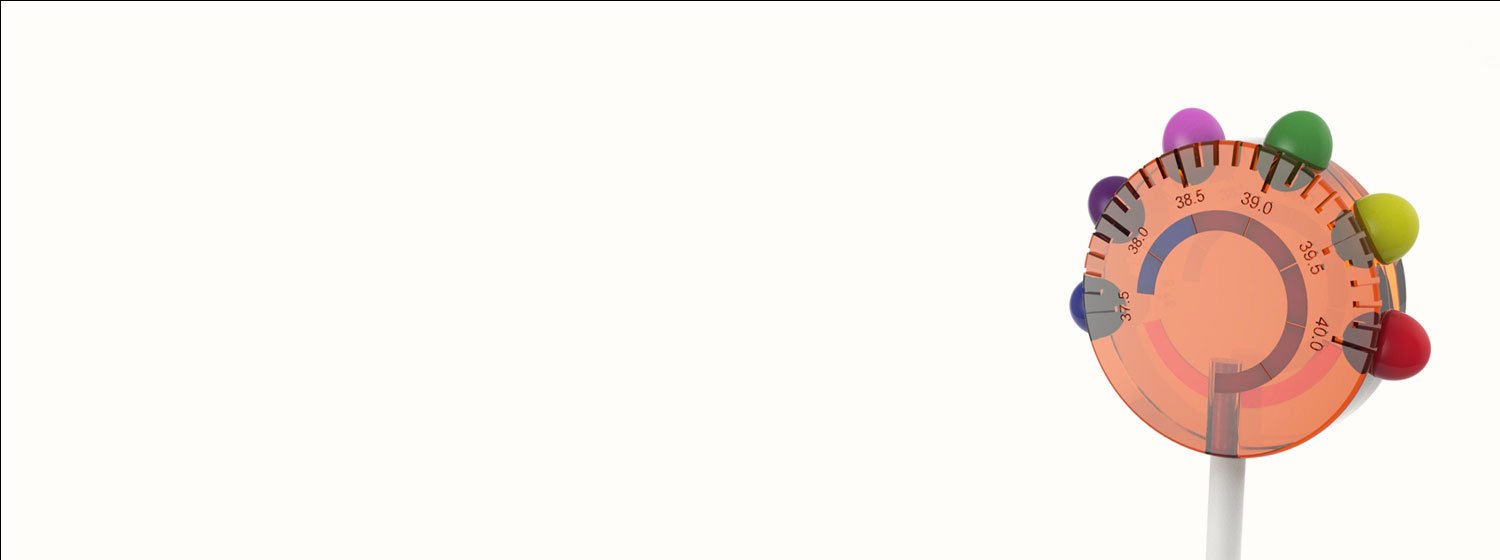
Thesis Directory
A curated repository presenting the innovative theses from our department, reflecting diverse creative explorations and solutions
Can’t find what you’re looking for? Contact us here with additional questions regarding our program.
-
-
Students take 5 courses in any given week, and courses range in duration from 7 to 15 weeks in length. Our 7-week structure allows us to offer more learning opportunities during the entirety of the program.
In addition to the courses, we have “specials”—ranging from field trips and student visits to guest lectures and MoMA ideation sprints. Most weeks offer something unique, so that students learn a myriad of things beyond what happens strictly in the classrooms.
-
Our program includes extensive professional practice that goes beyond a single portfolio course at the end of the degree. We begin working with students to build their professional networks on the third week of the first semester.
Throughout the two-year program, we work on:
- Effective interviewing techniques
- Presentation skills
- Portfolio development
- Negotiating
- Public speaking
- Résumé crafting
- Website representation
We cultivate relationships with leading organizations and brands while you are in the program, so you are building your professional network while building your skills.
Check out the companies that attend our annual Job Fair here.
-
Our students excel professionally—from starting their own studios to leading in world-renown organizations. We have recent graduates working at companies such as Apple, Johnson & Johnson, Spotify, IDEO, Frog Design, and SYPartners.
You can check out where our individual graduates are working by clicking on their LinkedIn bios on our Student pages.
-
Yes! We look for a diverse group of individuals in every cohort. Whether you’re a practicing designer looking to change your path around impact, or someone who is interested in a complete career change, we consider the “whole person” and their potential, curiosity, and passion.
-
For applicants with limited design skills, we recommend preparatory work prior to attending the program in areas such as drawing, shop skills, and typography. If you are interested in the program and are unsure about how to approach the application portfolio, just reach out to us for a conversation.
-
All SVA facilities are included in the tuition cost, including access to the Visible Futures Lab.
There are additional department and materials fees. Materials fees vary depending on the amount of prototyping that a student engages in.
We recommend budgeting $550 per year for the department fee and approximately $500-$1000 per year for materials fees.
-
Applicants must have a bachelor’s degree from a regionally accredited college or university.
Interested applicants can visit the Apply page for a full list of required documentation.
-
We do thesis differently. Rather than a “first part research, second part designing” we believe in both research-led design and design-led research—and engage the students to do them simultaneously and continually. Additionally, rather than a “here’s my research, and here’s my solution” approach, each of our students creates multiple prototypes and design offerings across a broad spectrum of design. Every student proposed physical product design, digital product design, social innovation design, business modeling, and branding during their thesis work—culminating in a public presentation of their work and a hard-cover book documenting the process and its goals.
You can find a nice selection of thesis projects on this page.
-
The project is by Class of 2016 alumnus Xumeng Mou, is called LollyTemp. It’s a candy thermometer that uses melting chocolate to take a child’s temperature. Often kids are afraid when they go to the doctor’s office, and this product has different candies around its edge—each with a different melting point! (There’s also a sweet tradition of giving children a lollypop when they leave a doctor’s office :)
Pasos: Design Interventions for Gendered Agency in Latin Partner Dance
Pasos: Design Interventions for Gendered Agency in Latin Partner Dance, explores ways to break gender norms in cosmopolitan partner dance.
From Margin To Center: Empowering Women in Creative Industries
Empowering women in creative industries.
Beyond the Visuals: Reimagining Digital Accessibility for Blind and Low-Vision Communities
Investigates the pressing question of how blind and visually impaired (BLV) users can read and interact with digital images in the post-text era dominated by images.
Mods: A Study into Adaptive Gaming
Studies the benefits of adaptive gaming for people with motor skill disabilities and explores industry-changing ideas that combat ableism in today's gaming landscape.
How India Looks: Localizing Design Tools for a Billion People
Explores the rapidly expanding landscape of visual design in India and the accompanying challenges.
Well-rounded: Using Art to Enhance Interdisciplinary Learning
Sheds light on the potential of art-integrated education to promote the development of hard and soft skills in children.
